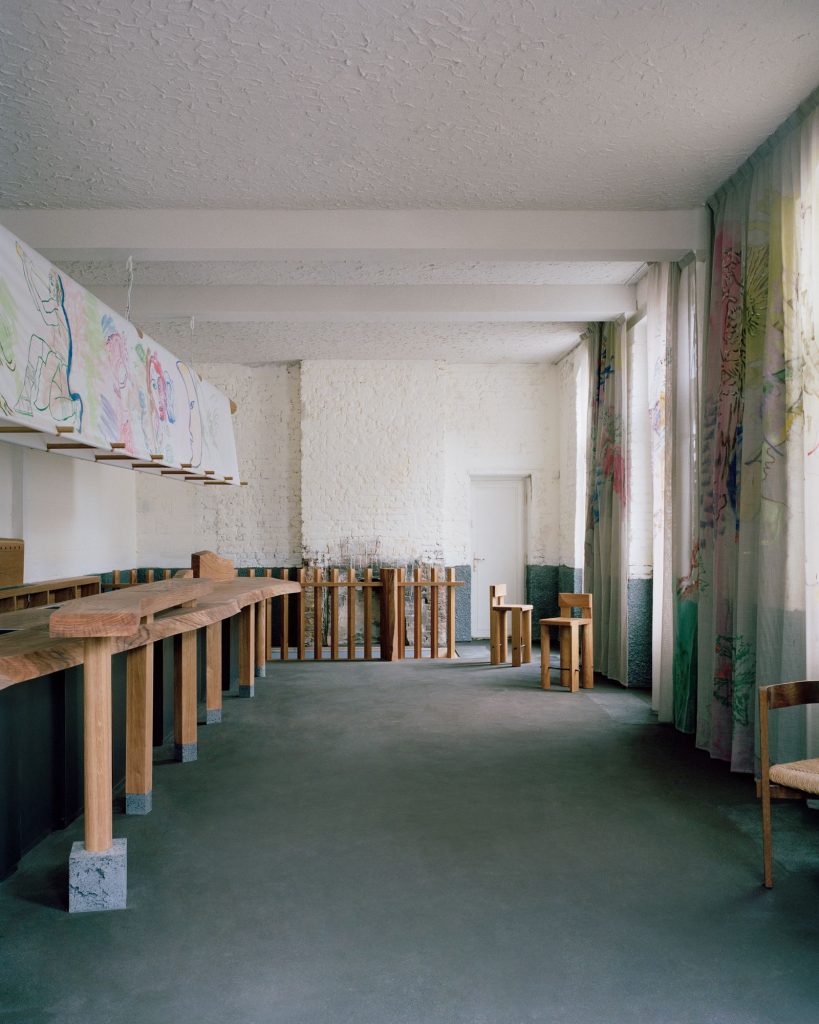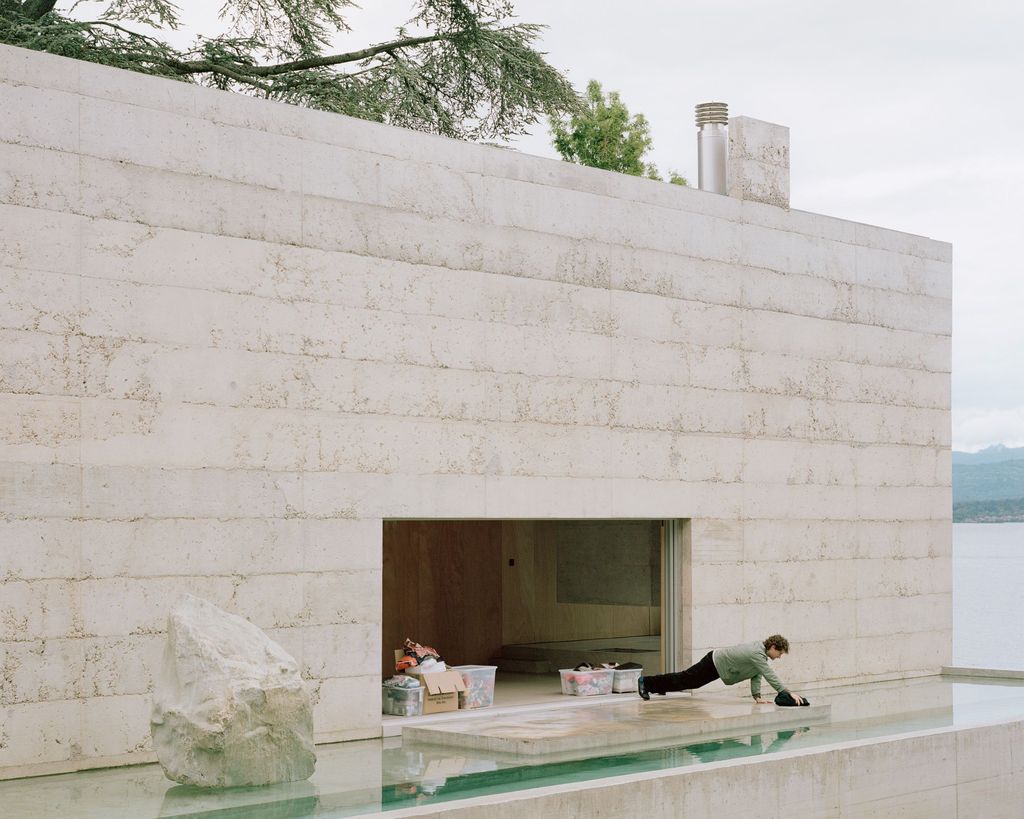
Neojiba rehearsal hall in progress in Parque do Queimado, Salvador de Bahia, Brazil. Images by Analog1 and Dominic Maslik. Continue reading Leopold Banchini

Neojiba rehearsal hall in progress in Parque do Queimado, Salvador de Bahia, Brazil. Images by Analog1 and Dominic Maslik. Continue reading Leopold Banchini

Leopold Banchini Architects . photos: © Rory Gardiner
Two vital infrastructures cross this desertic plot in the plain of Haouz. The first one, a mesref, is a small water channel filled a few times per year for agricultural purposes thanks to a complex network of canals flowing from the high Atlas. The second, a khetara, is an underground draining gallery built by the Almoravid one thousand years ago to bring water to Marrakesh from distant groundwater. Although mostly invisible, water is an important part of this dry landscape. Humans have domesticated the plain for thousands of years, irrigating and dividing the fields with endless rammed earth walls. Continue reading Leopold Banchini

Leopold Banchini Architects . photos: © Rory Gardiner
Relations between Mingei, Japanese Folk Art movements, and English Arts and Crafts have been discussed extensively. Although William Morris’s influence on Yanagi’s theory is obvious in its criticism of wage labor relations and for-profit mass production, the Japanese movement insisted on distancing itself from western influences to promoted a unique local identity. Continue reading Leopold Banchini

Giona Bierens de Haan Architectures . Leopold Banchini Architects . photos: © Dylan Perrenoud
The massive unbroken grid-like structure spanning across the world dreamed by the radical design group Superstudio reflected their skepticism towards technological progress and the belief that design could solve social problems. The utopian megastructure symbolized the alienating growing homogeneity of global architecture but was also strangely poetic and inspiring for future generations of architects. The dystopian possibility of a future civilization made of uniformity described by Natalini doesn’t seem too far off. Yet the idea that architecture could stop being an individual gesture is somehow appealing… Continue reading Bierens de Haan . Banchini

Leopold Banchini @leopoldbanchini . photos: © Rory Gardiner
Ferdinand Hodler painted mountains reflected in Swiss lakes, again and again. He was obsessed with this double inverted landscape, constantly evolving with the changing sky and the movement created by the wind blowing on the water’s surface. In 1867, aged 14, he painted his first lakes and sold them to passing tourists. In 1918, fifty years later, he died in Geneva, leaving behind a few unfinished sketches of Mont-Blanc reflected in Lake Geneva, as seen from his apartment balcony. Continue reading Leopold Banchini